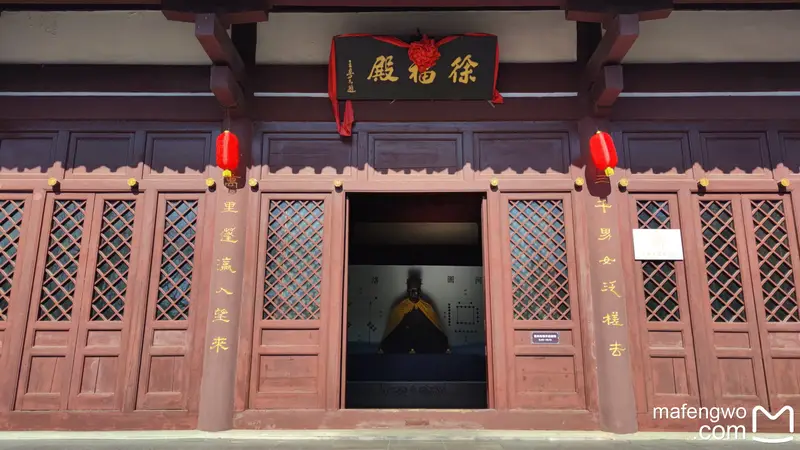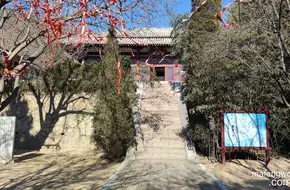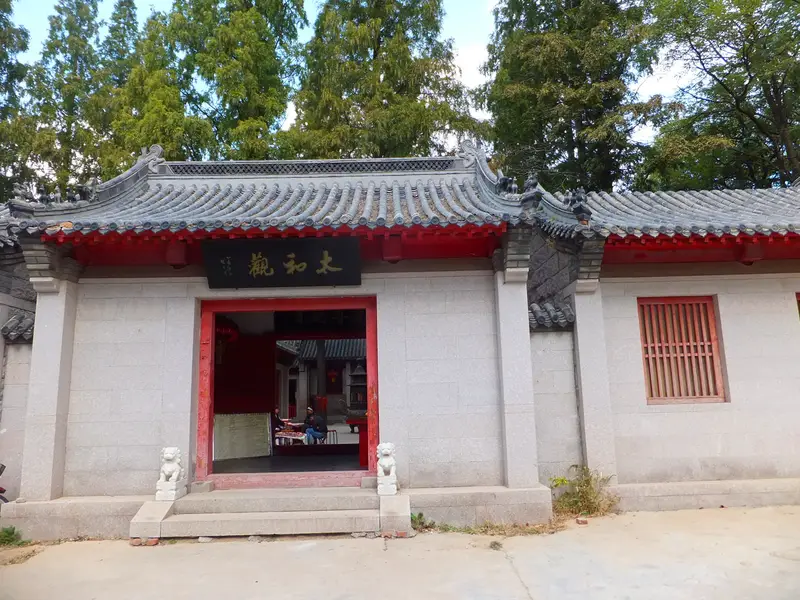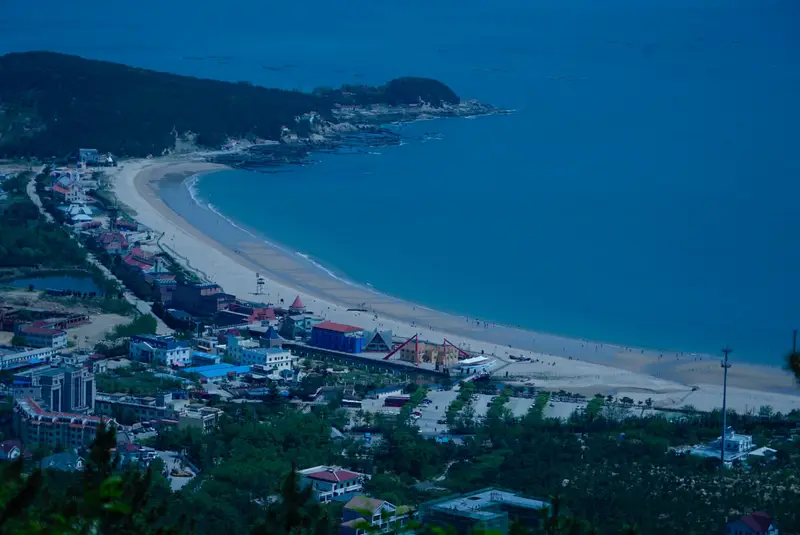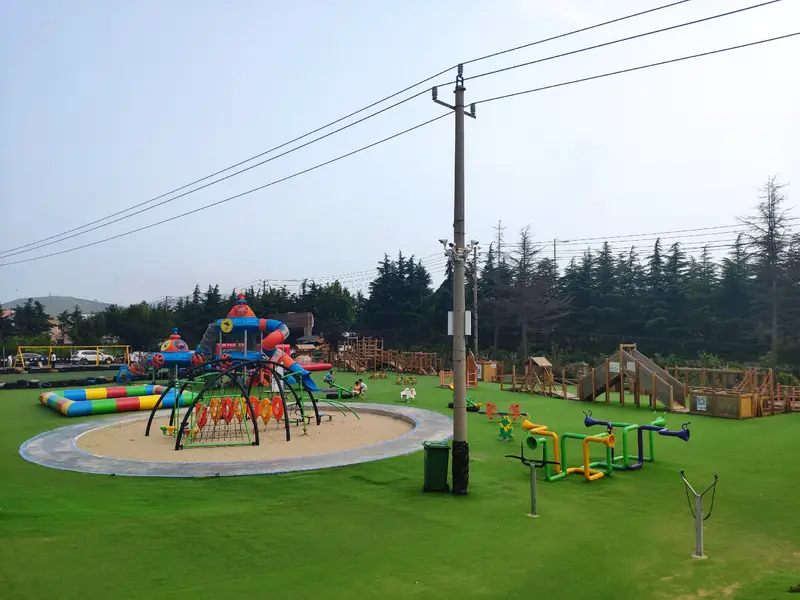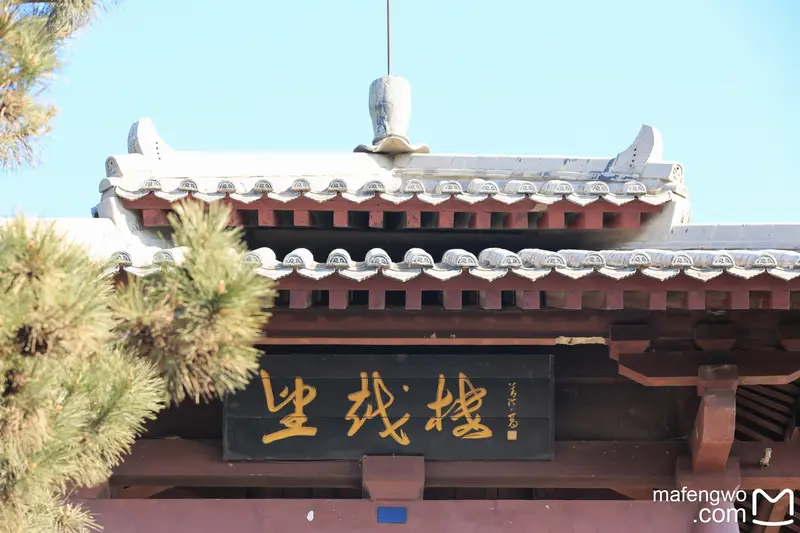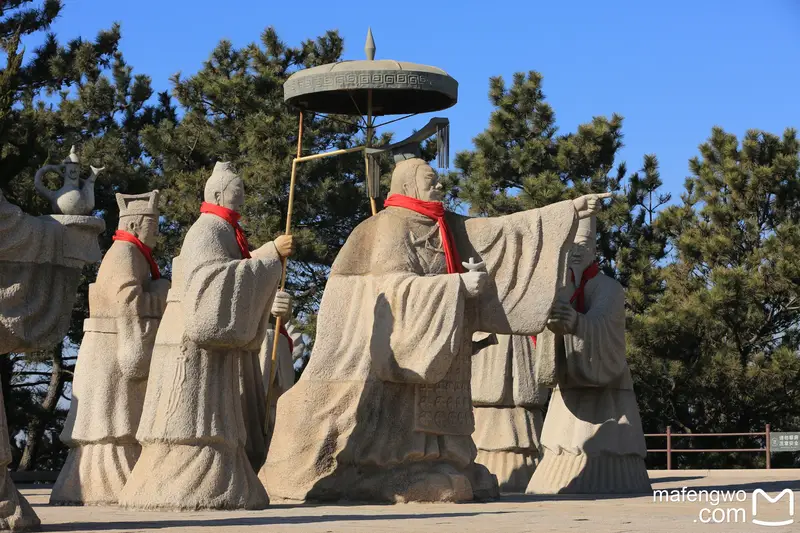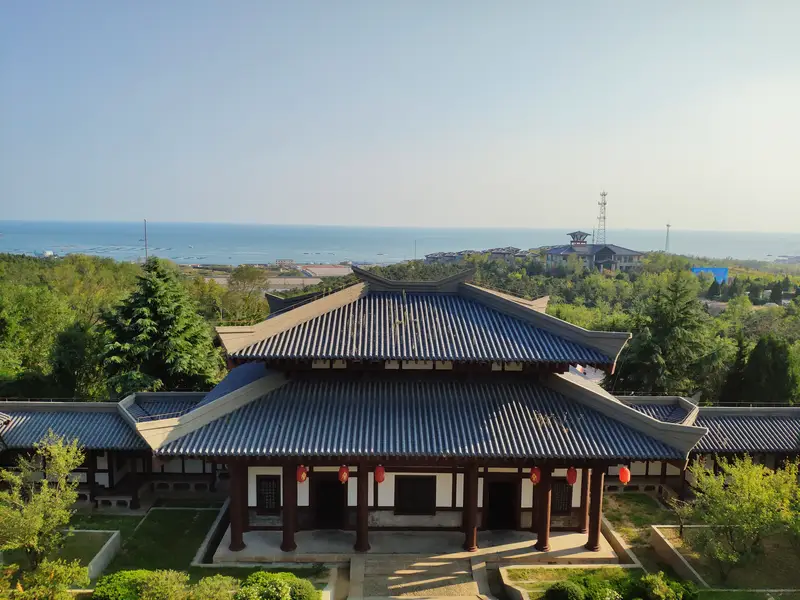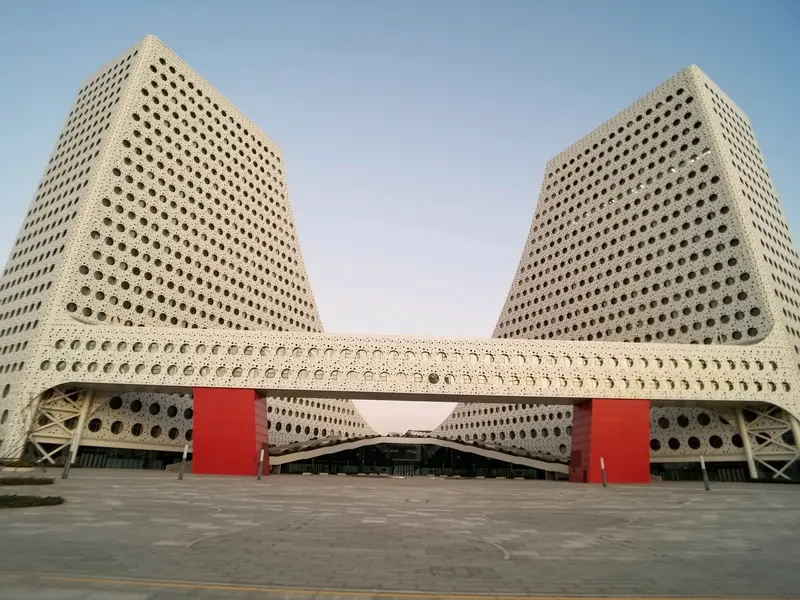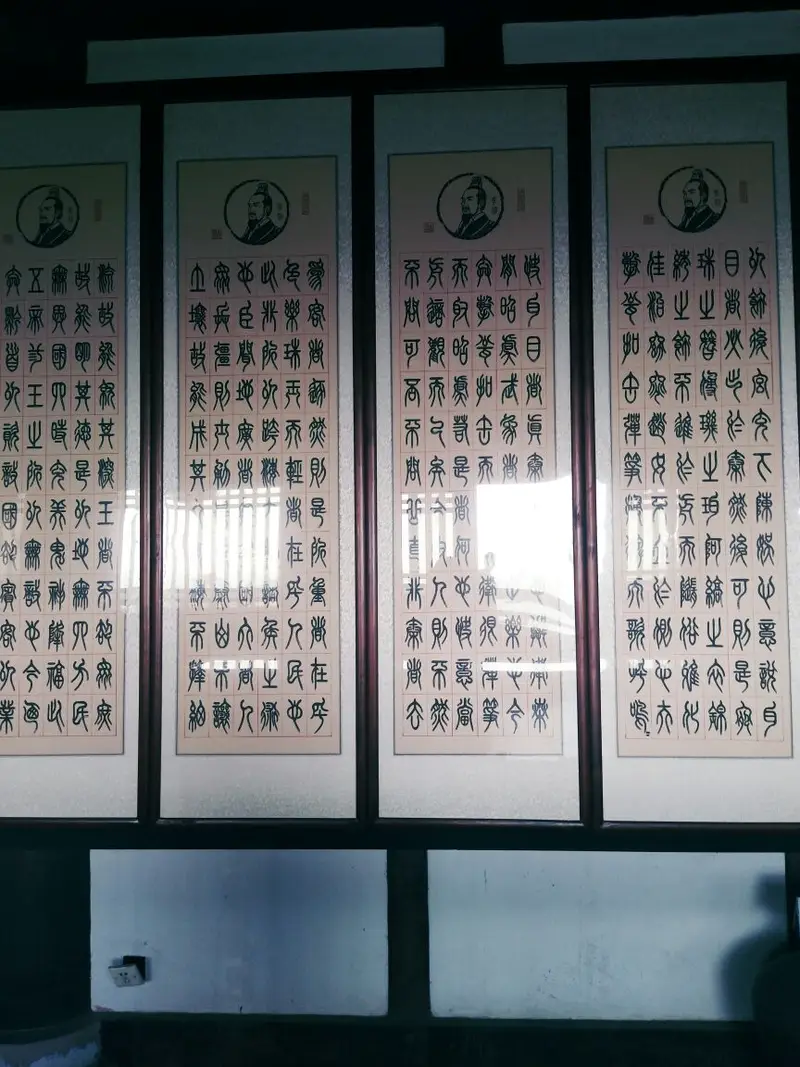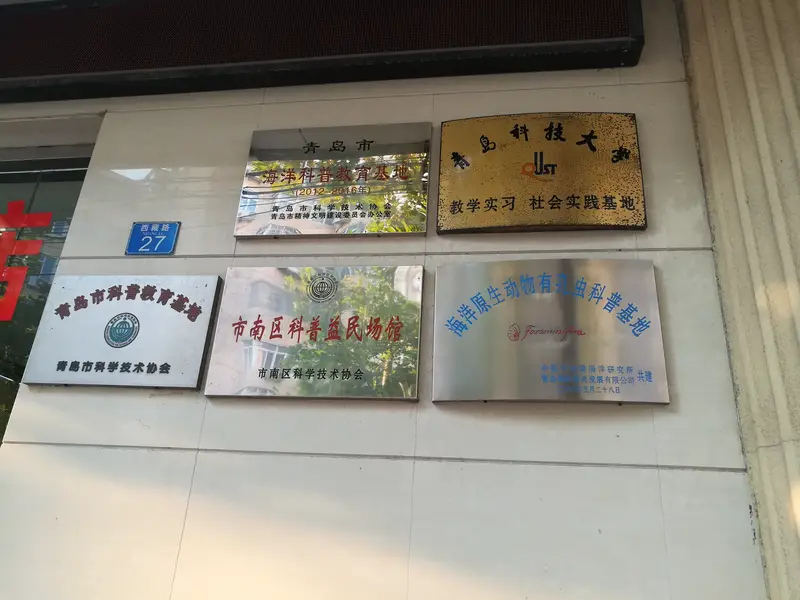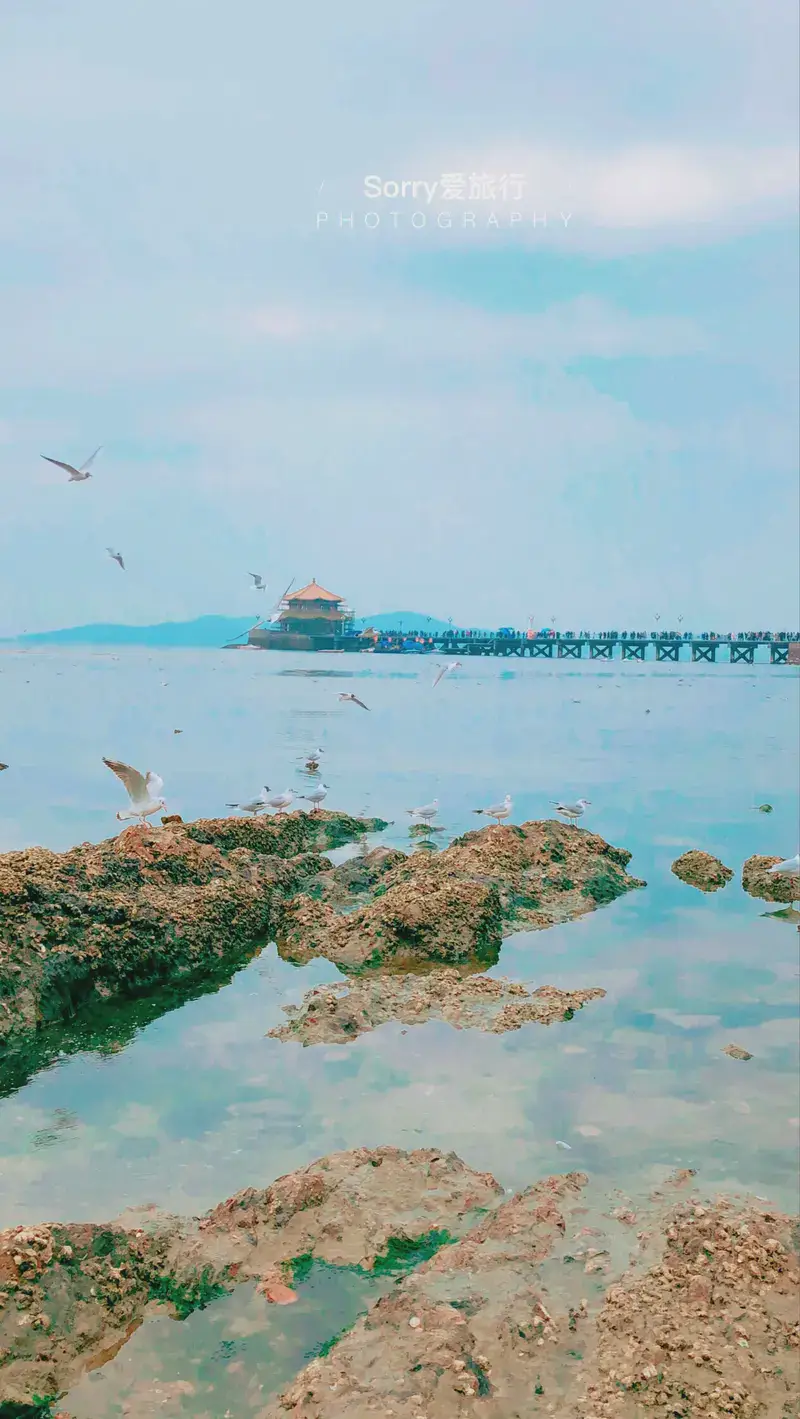Xufu Hall sits at the northern end of Duojiao Valley, nestled under the Langya Terrace in Qingdao’s Huangdao District. To reach this spot, you’ll first need to visit the Langya Terrace Scenic Area—a historic site that dates back over 2,000 years. The easiest way to get here is by driving, as the area is about an hour’s ride from downtown Qingdao. If you’re traveling by public transport, take a bus to the Huangdao district and then a taxi or local shuttle to the scenic area. Once inside, Xufu Hall is a short hike uphill, but the path is well-marked and surrounded by lush greenery.
Natural Scenery
The setting of Xufu Hall is truly breathtaking. Imagine a cluster of ancient-style buildings tucked into the mountainside, with the East China Sea visible in the distance. The area around Langya Terrace is covered in wildflowers and tall grasses, especially in spring and summer. You’ll hear birds chirping and feel a cool breeze, making it a perfect escape from the city’s hustle. At sunrise or sunset, the light reflects off the sea, creating a magical atmosphere—ideal for photos!
Cultural Heritage
Xufu Hall is all about history and friendship between nations. It honors Xu Fu, a Chinese explorer who sailed to Japan and Korea over 2,000 years ago, opening the door to cultural exchanges. The hall itself is built in Qin Dynasty style, with two main halls and side rooms. In the front hall, you’ll find a statue of Xu Fu, surrounded by murals that tell his life story. These aren’t just paintings—they’re detailed works of art that show his journey across the ocean. The back halls display old artifacts and calligraphy pieces, some donated by scholars from Japan and South Korea.
What’s special here? Xu Fu isn’t just a Chinese hero—he’s respected in Japan and South Korea too. Many visitors from these countries come to pay their respects, leaving offerings or bowing before his statue. It’s like a living connection between past and present, and between cultures.
Architecture & Design
The building blends perfectly with its surroundings. Built into the hillside, it looks like it’s part of the mountain. The roofs are curved, and the wooden beams are carved with traditional patterns. Inside, the front hall feels grand but cozy, with Xu Fu’s statue standing tall. The walls are lined with huge murals, almost like a comic book version of his adventures. In the back halls, glass cases hold old coins, pottery, and scrolls. Even if you don’t speak Chinese, the visuals tell the story clearly.
Facilities for Visitors
The site is visitor-friendly. There’s a parking lot at the entrance, and wheelchair ramps lead up to the hall. Guides are available (though they might not speak perfect English, so bring a translation app if needed). Nearby, you’ll find a small shop selling snacks, postcards, and souvenirs like mini replicas of Xu Fu’s ship. The scenic area also has rest areas with benches, so you can sit and enjoy the view.
Immersive Experience
Visiting Xufu Hall feels like stepping back in time. As you walk through the halls, you can almost imagine Xu Fu preparing for his voyage. The air smells like wood and incense, and the sound of wind chimes adds to the tranquility. Many people leave notes or prayers at Xu Fu’s statue, hoping for good luck. If you’re lucky, you might meet a group of Japanese or Korean tourists—they often hold ceremonies here or share stories about Xu Fu’s legacy.
A tip: Go early in the day to avoid crowds. Bring water and snacks, as there are limited food options. And don’t forget your camera—the views of the sea and mountains are worth capturing!
Whether you’re into history, architecture, or just wanting a peaceful day trip, Xufu Hall offers a unique mix of culture and nature. It’s not just a tourist spot—it’s a bridge between worlds.


